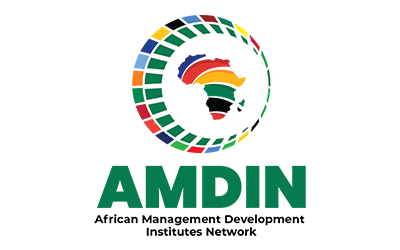This document lays forth a path for the AMDIN to follow in its resource mobilization strategy in the next five years.
The African Management Development Institutes’ Network (AMDIN) is Africa’s leading professional organisation of public-sector capacity-building institutes. The Network was formally incorporated in 2007 and began full operations in 2009 with the adoption of its first Strategic Plan, which spanned the years 2009 to 2012. The Network has since developed and implemented two more strategic plans with the most recent being the one developed for the period 2013 -2018.
The 2013 -2018 Strategic Plan outlined the Network’s programs and priorities for the years 2013 to 2018. It builds on previous years’ lessons and accomplishments while also addressing the Network’s issues as it prepared to play a larger role in African states capacity building.
Without a doubt, one of the most pressing challenges facing African governments today is the development of effective state capacity. AMDIN was created to ensure that organizations responsible for public sector capacity development in Africa operate efficiently and can benefit from sharing resources and collaborating with one another. AMDIN is a one-of-a-kind institutional structure created to meet certain developmental issues.
The basic membership of AMDIN is made up of organizations that are collectively referred to as Management Development Institutions (MDIs). Traditional management development and training institutions, which are normally established by government for conducting and facilitating training at all levels in the state system; schools and institutes of administration in universities and the higher education sector, also known as SIAs; public policy and administration research and training institutes, or PIAs; and regional development and training institutes, according to its inception documents.
This resource mobilization strategy document provides a background and need for the document and looks at the current financial situation of AMDIN to provide context for the document. A review of past resource mobilization experiences by the Network is also offered to situate the future financing needs as well as the proposed strategies to be successful is provided. In the end, the report offers the way forward for effective coordination and management of the strategy.

